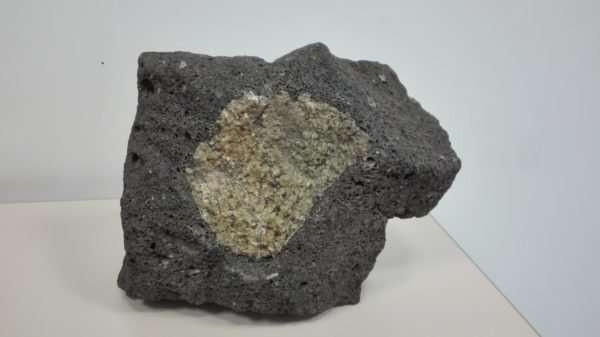Scientists have unravelled the mystery of where gold came from
Research suggests that the precious metal originated deep inside the Earth.

Scientists have shone new light on the mystery of gold's origin, establishing that the precious metal came to the Earth's surface from the deepest regions of the planet.
In a new study, published in the journal Nature Communications, an international team of researchers found evidence in Argentine Patagonia that the Earth's internal movements helped gold ascend to the surface.
"The minerals we extract and that support our economy are located in the crust," said José María González from the University of Granada. "And although we are experts in taking advantage of them, we still know very little about their true origin. The search for gold has motivated migrations, expeditions and even wars, but its origin is an open question."
The Earth is divided into three main layers – the crust, the mantle and the core. The mantle begins around 17 km below the oceans and 70 km underneath the continents. "This distance is unreachable for mankind, since we don't possess the means for reaching the mantle and thus knowing more about it in a direct way yet," González said.
However, material from the deep mantle can reach the crust through volcanic eruptions that can carry small fragments known as "xenoliths" – inside which researchers have found tiny native gold particles about the thickness of a human hair.
The scientists studied the region of the Deseado Massif in Argentinean Patagonia, an area with a high concentration of gold deposits, and were able to determine why mineral deposits are only limited to specific regions of the planet.
They propose that the mantle underneath the Deseado Massif has a unique tendency to generate gold deposits on the surface as a result of its geological history.
"Its history dates back 200 million years, when Africa and South America were part of the same continent," González Jiménez said.
"Their separation was caused by the ascent of a 'mantle plume' from the deep mantle, which broke the much thinner and more fragile crust and caused the separation of the two continents. The ascent of the deep mantle plume generated a true chemical factory that enriched the mantle with metals, which would later generate the conditions for the creation of gold deposits."
The team's research sheds new light on the formation of mineral deposits, which are generally considered to originate in the crust itself.





















